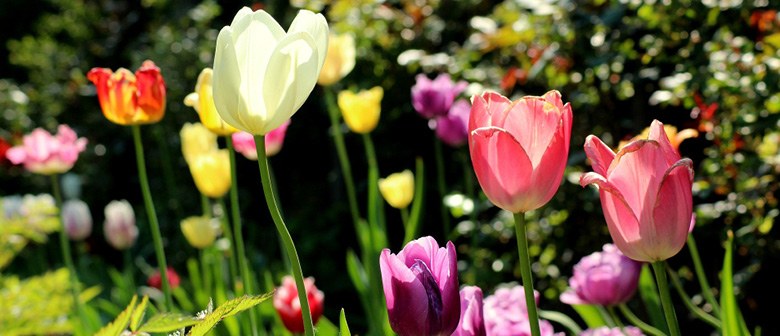Preparing your garden for Spring
We’re so excited that spring is just around the corner! Longer, warmer days mean more time in the garden and who doesn’t love that? Now is the perfect time to start preparing for the busiest gardening season of the year so put on your gumboots and get stuck in.
Here are our top 10 tips for preparing your garden for spring:
1. Make a plan
Think about your goals in the garden before you get started. You may want to add a vegetable patch, put out additional containers or plants, or improve the design of an area. Think about what you did last year. For example, what perennials need to be divided this year so there is more space between them? Make a checklist of everything you would like to get completed.
2. Clear your lawn and garden
Rake the leaves off the lawn and clear the dead perennials and debris from your garden. Add these to your compost heap.
3. Set up your composting area
If you’re not composting yet, now is the time to set yourself up for one of the best things you can do as a gardener. Compost is the black gold of the gardener’s world and is a great way to use up food and garden scraps. You’ll be using that waste instead of dumping it in the rubbish, you’ll be saving money, and your garden will love it!
4. Weed
Weed while topsoil is still damp, not because it’s easier, but to get to the weeds before they seed other parts of your garden and lawn. Do not add weeds to your compost though, because then you’ll just be re-feeding the weeds back into your garden!
5. Prep your perennials
If you didn’t already do so in autumn, prune your perennials as soon as you see new growth to keep the plant on its seasonal cycle. Also prune those plants that will only bud on new growth. Cutting the dead stems will bring it out of its dormant stage.
6. Mulch!
When you’ve noticed your soil’s warmed and dried up a bit, that’s the time to add mulch. Mulch is like a multivitamin for your garden. You can live without it, but everything blossoms better and has more vitality with mulch. It not only conserves water, but cools plant roots, feeds the soil and smothers weeds.
7. Divide and transplant
Now is the time to divide and transplant any plants you plan on transporting or turning into seedlings. Early in the growth cycle, plants can tolerate much more distress and recover faster than later in the season.
8. Stake your plants
It may not be pretty, but it’s much easier to stake plants now when they’ve begun to grow rather than trying to wrestle them onto stakes later when they’re larger and more mature.
9. Trim the edges
An often overlooked step, edging your garden is like a trim between haircuts. It just makes things look much more polished and put together. A good edge, especially on borders and between flower beds and lawn, is that finishing touch that will elevate your garden’s look and appeal.
10. Get your tools and potting area ready
Claim a corner in the garage, workshop, or patio as your own. Pull out that old, dusty table from the attic or spare bedroom. Give it a bright, cheery coat of paint on a sunny day, set it up, and you’ve got a brand-new potting area ready! Next find all those garden tools and get them ready for spring-time use by scrubbing them down with something a bit abrasive (a Scotchbrite or other scrubbing pad works well) to remove any caked-on dirt or rust. Give them a light coat of oil on the metal parts, then store them in a bucket of sand to keep them rust-free and sharp until planting time comes.



















